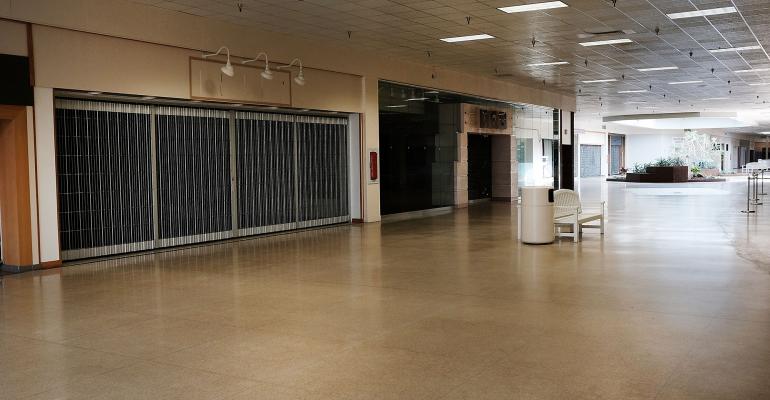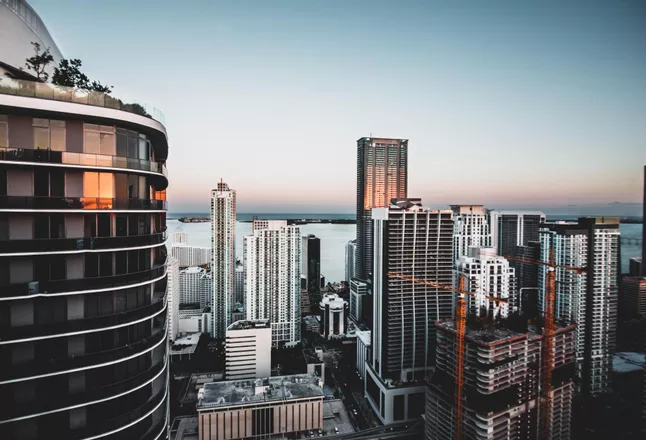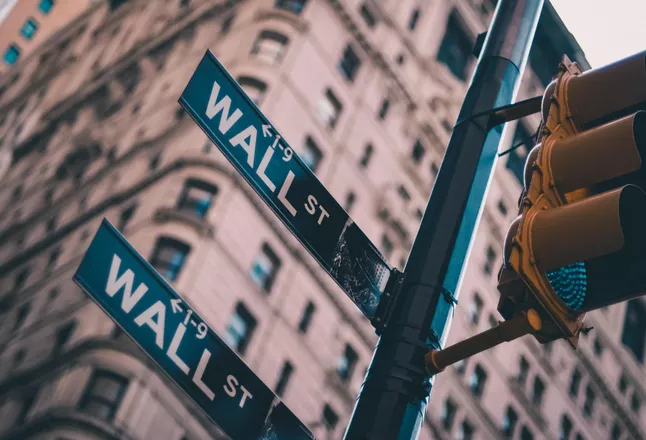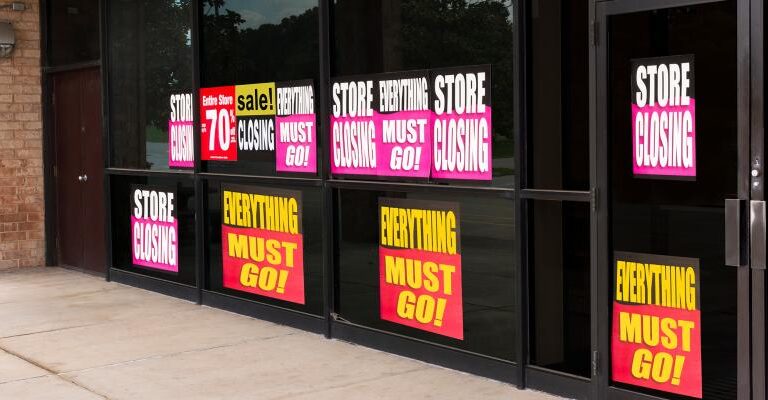(Bloomberg)—Imagine 16 deserted Mall of Americas. That’s how much space battered mall owners need to fill heading into 2022, more than 90 million square feet. It’s no easy task, with dozens of retail chains already cutting back or shutting down, and it won’t get any better if the newest pandemic wave scares off shoppers.
So landlords are wooing businesses that have little or nothing to do with shopping. Casinos, amusement parks, medical facilities, storage units, hotels, schools, offices and residences are fair game, as even healthy shopping centers are forced to rethink their game plans for next year and beyond.
“In 2030, you’re going to see most malls are going to be not considered a mall anymore,” said Greg Maloney, chief executive for Americas retail at real-estate services firm JLL. “They’re going to be considered a mixed-use asset.”
They might wind up looking like Mall of America, the biggest one in the U.S. whose layout includes Nickelodeon Universe and an aquarium, or like Chattanooga, Tennessee-based CBL Properties. Back in August, this owner of about 100 less-prestigious malls and shopping centers added the 80,000-square-foot Hollywood Casino on an old Sears site at its York Galleria in Pennsylvania. It brought in industry giant Penn National Gaming Inc. with 500 high-tech slots, two dozen table games and Barstool Sportsbook.
CBL has reason to believe it might help: A Live! Casino that replaced the old Bon-Ton department store at CBL’s Westmoreland Mall near Pittsburgh in November 2020 has produced double-digit traffic and sales gains over 2019.
Online Erosion
That’s after CBL went broke in 2020 under the old model, which failed because it leaned heavily on department stores like Bon-Ton and Sears to keep shoppers from defecting to online outlets. Hundreds of those anchors have shuttered, as did thousands of smaller retailers amid the pandemic, forcing CBL and at least two other big U.S. mall chains into bankruptcy.
The result: Vacancy rates nationwide climbed to 7.2% in the second quarter of this year from 4.9% pre-pandemic, according to JLL. For the lowest-tier “C” grade malls, vacancies were 12.4%. Even with the return of some shoppers, mall rents have barely budged since the first quarter of last year, rising only 1.3%. This doesn’t help companies like Washington Prime Group and Pennsylvania Real Estate Investment Trust, two other mall chains that are trying to turn themselves around after emerging from bankruptcy.
CBL, which finished its Chapter 11 case in November, redeveloped more than 45 properties since 2015 including placing an Aloft Hotel in a property in Chattanooga, a representative said via email. It’s considering mixed-use redevelopments including grocery, hospitality, multifamily, medical, education and offices.
Sometimes repurposing a store just won’t work, so in early in 2020, CBL decided to demolish a defunct Herberger’s in Bismarck, North Dakota to make way for a pharmacy and restaurants that included a Five Guys and a Chick-fil-A.
“Both at good and bad malls, the best option from a real estate perspective could be developing apartments,” said Vince Tibone, a senior analyst at commercial real-estate analytics firm Green Street. But not everyone can pull this off; converting large spaces requires capital and ample time that operators may not have. Many former Sears stores, for example, are still vacant more than three years after that merchant filed for bankruptcy, Tibone said. A complete overhaul could take a decade, according to JLL’s Maloney.
It’s no wonder, given the weak profit outlook and the reluctance of new tenants to move in. Green Street’s forecast for net operating income growth at even the best malls is modest at 2.1% near-term and 1.3% long term, with negative growth for grade B and C centers.
“The occupancy rates for CBL and PREIT have generally been below average for a long time now,” said Bloomberg Intelligence analyst Lindsay Dutch. “I expect raising occupancy to remain a challenge for lower-quality mall portfolios.”
Sharing Sales
Some landlords have cut deals with tenants, agreeing to take a percentage of sales instead of a fixed sum. For PREIT, “it sort of worked to our benefit,” Executive Vice President Heather Cromwell said in an interview, because sales are up 17% over 2019.
Starting about five years ago, the mall operator tried to counter retail bankruptcies and closures by taking back properties from troubled chains, Cromwell said. That included replacing a Sears in Massachusetts with an Aldi and a Burlington Coat Factory.
Bond and stock markets are signaling skepticism. PREIT’s shares have traded only briefly above $3 since it emerged from bankruptcy in December 2020 and they now hover around $1.25. Washington Prime, which was taken over by creditor SVPGlobal, has seen its senior unsecured bond maturing in 2024 sink to a third of its value. Washington Prime declined to comment.






